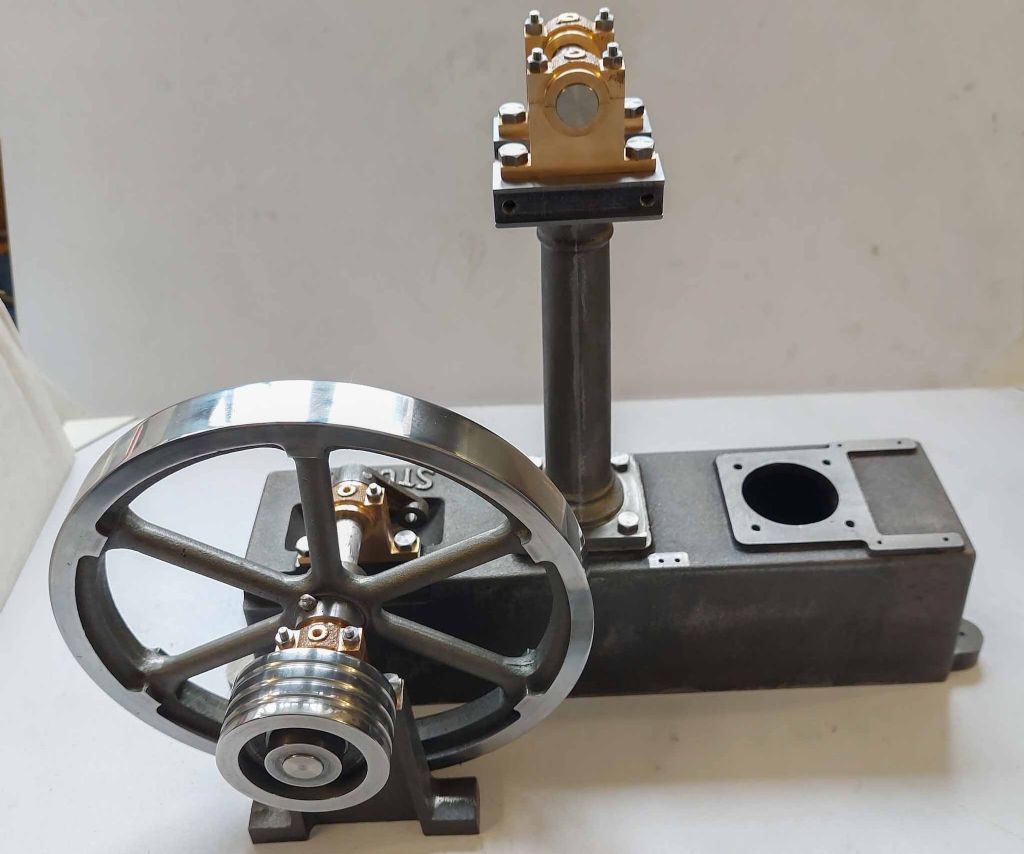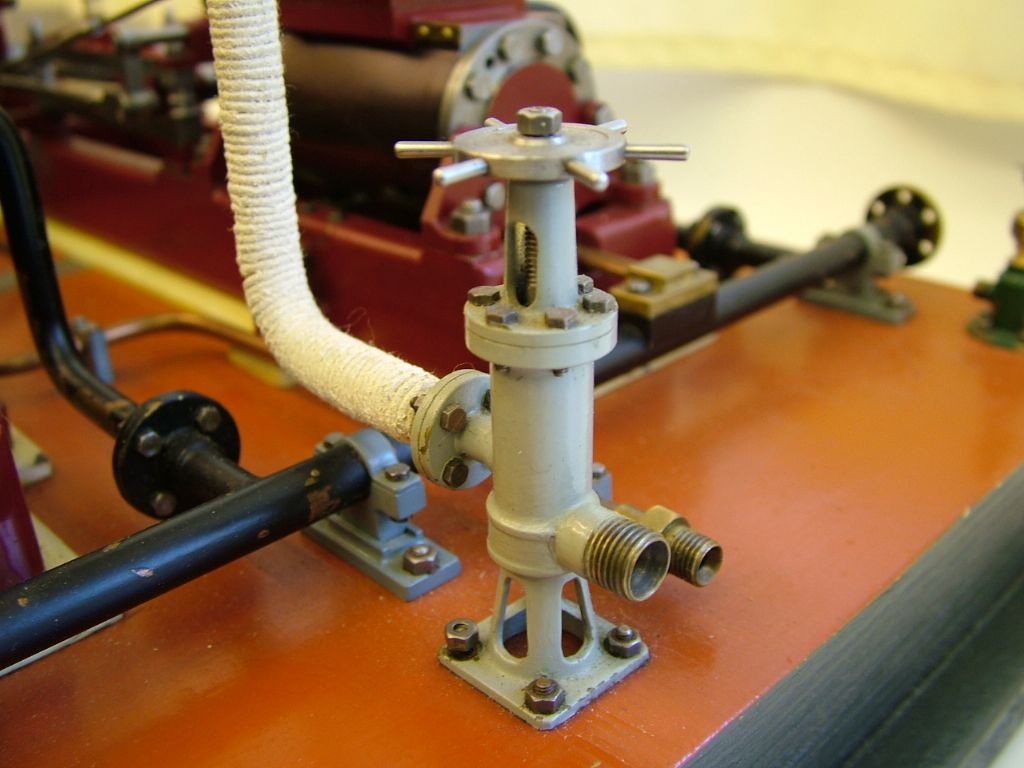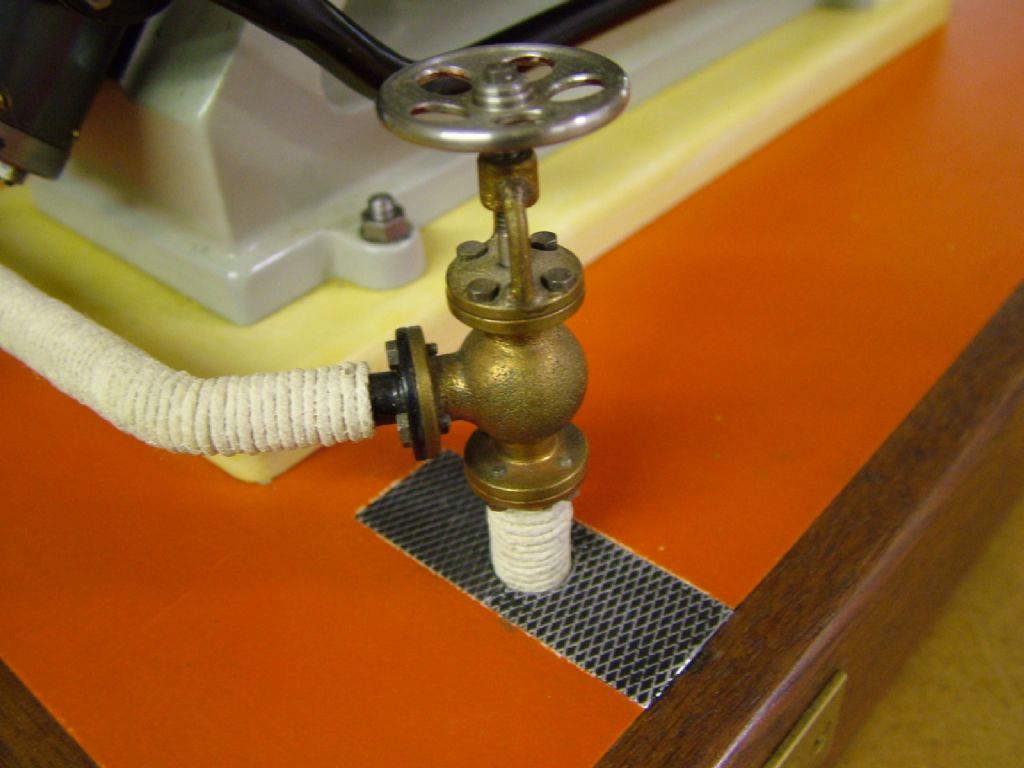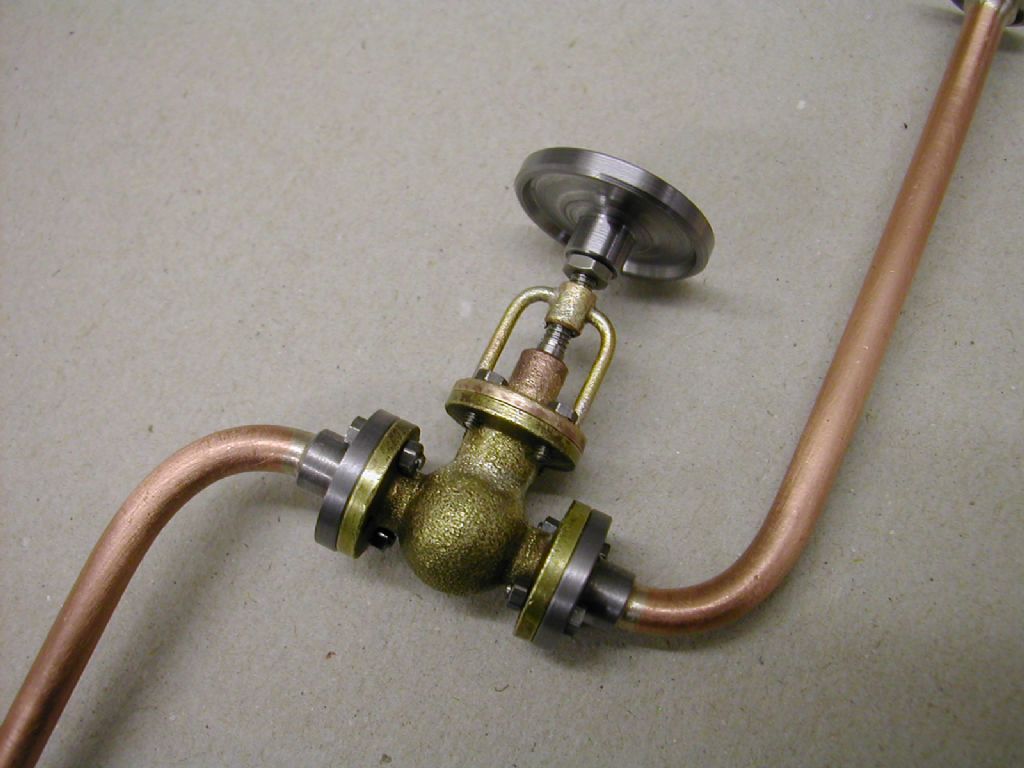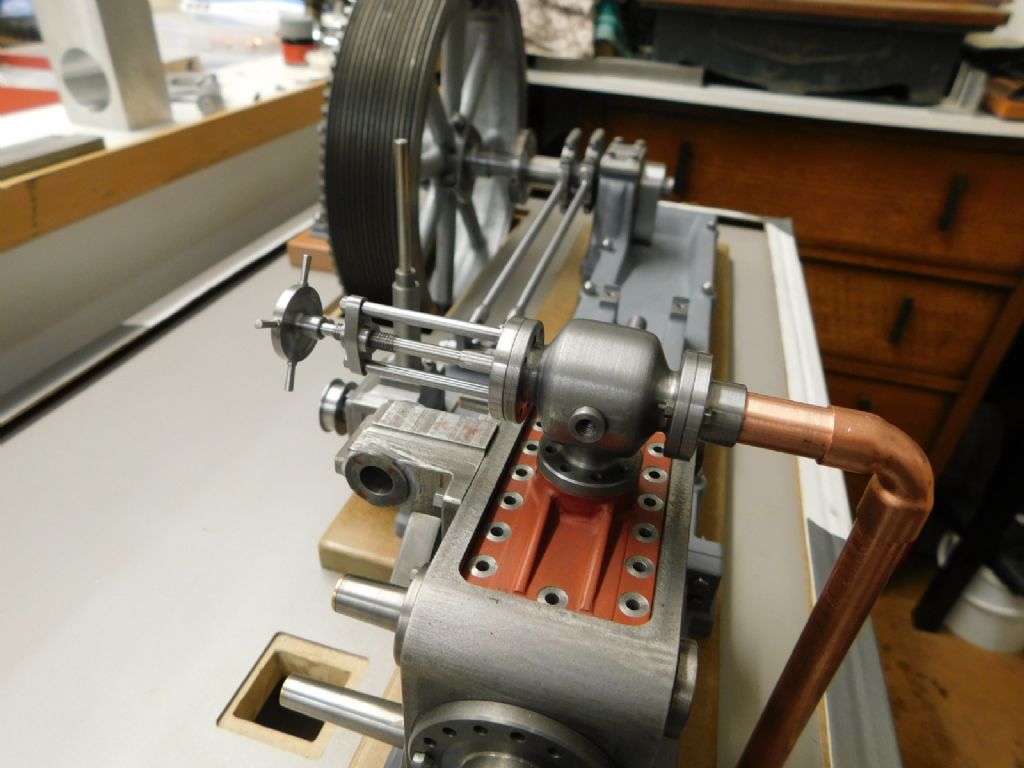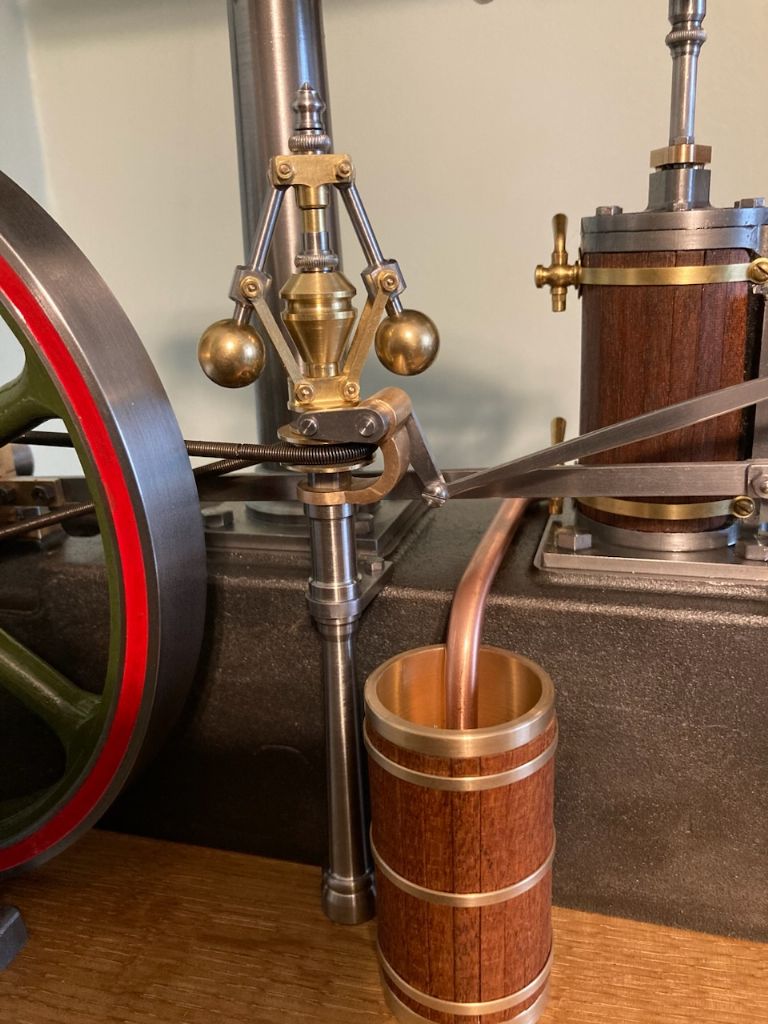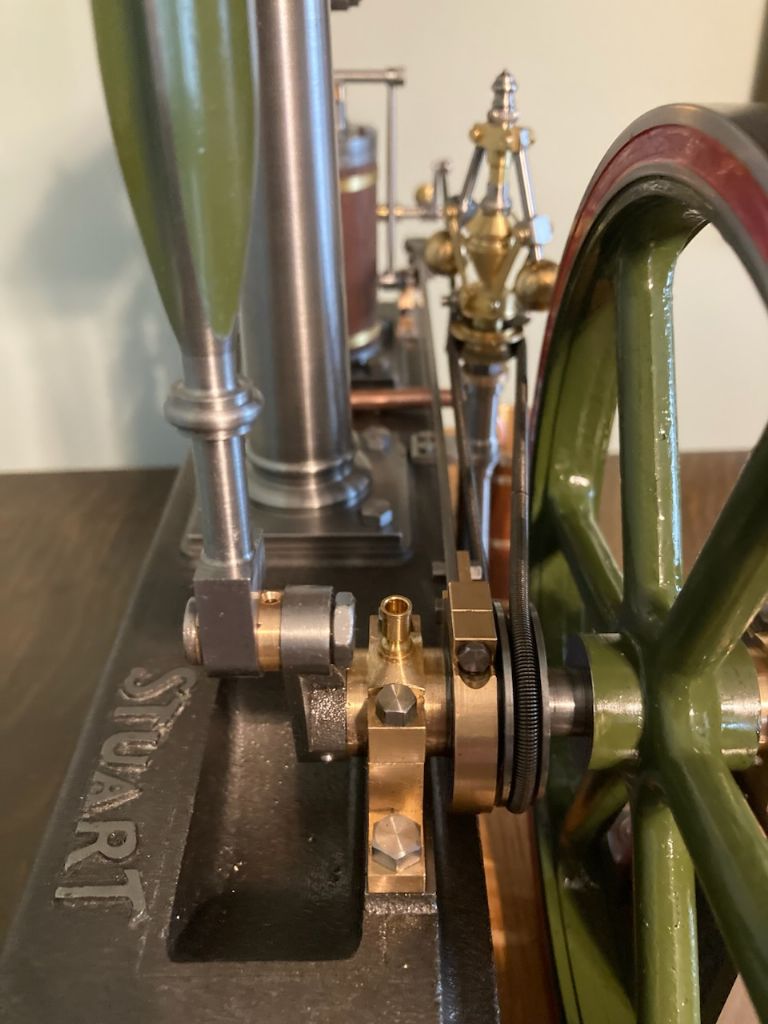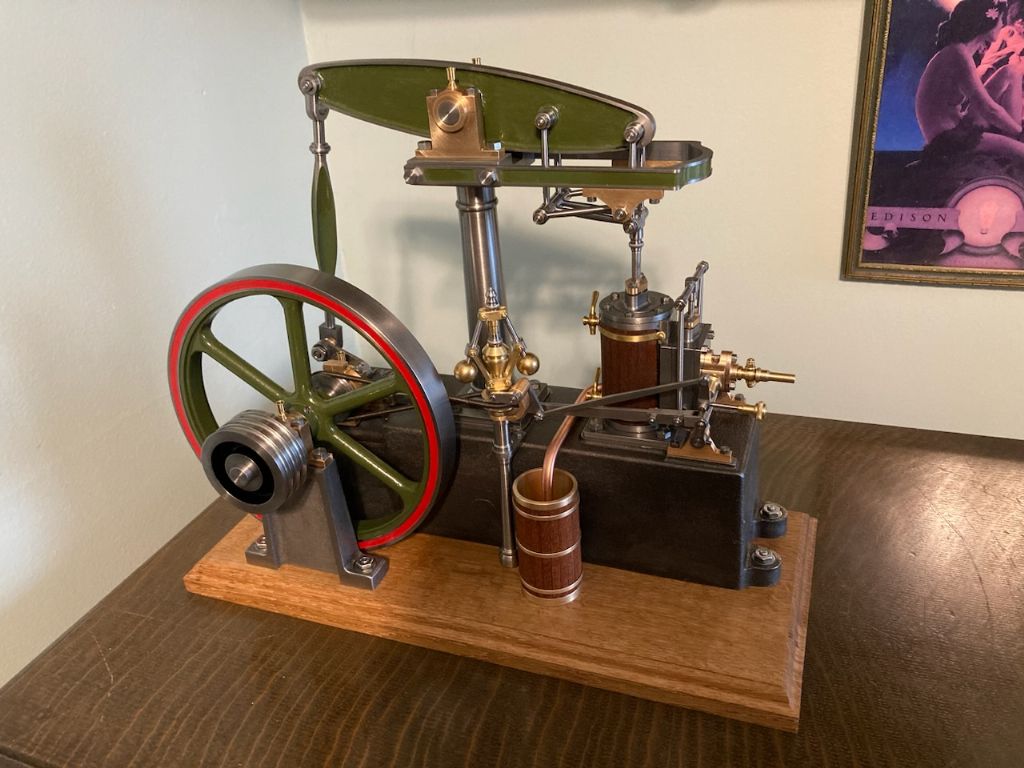Posted by Leon NZ on 28/01/2023 23:18:45:
……….My reasoning is that I have seen youtube videos of Stuart beam engines running and they seem to run very fast with the Governor fitted. I'm wondering if I make the pulley twice the size and spin the Governor twice as fast the engine will run at half the speed?

Edited By Leon NZ on 28/01/2023 23:20:07
Hello Leon,
In a full size situation the governor is mainly there to keep a constant set RPM – ie the working speed. If the engine for what ever reason speeds up the throttle closes and if a load comes on slowing the engine then the throttle opens up to bring it back to the set RPM
From a model perspective it's difficult – though not impossible – to achieve that but if a model engine is just for display then it's probably best to just ignore the throttle and let the governor follow whatever speed the engine is run at.
Increasing the governor pulley diameter relative to the drive will slow things down but even with a perfect throttle is very unlikely to achieve the result you are after.
I have made three engines with governors – the first, a twin Victoria had a throttles of my own design rather than the butterfly type recommended. These were on each steam chest connected by a common shaft. These were a barrel type similar to an RC carb. The second was on a scaled up Waller engine, again a barrel type and the third on a Corliss engine that controlled the timing of the valve opening.
All worked to a degree, the TwinVic the best of them – if a load was applied to the flywheel the governor would operate the throttles or valve gear but not enough on any to call a 'successful' governor.
The key from a model point of view is 'Throttle' – I'm my view its difficult to make a really effective and efficient throttle – especially the butterfly type – that works smoothly and efficiently relative to the governor speed
It's each to his own of course but a lot of time could be spent trying to make an effective governor set up to run the engine at a constant speed when for the most part it's visual effect that's required. In that case a governor that just goes round at a speed relative to the engine speed is all that's really required.
Regards – Tug
PS For a second engine that looks to be some very nice workmanship – good luck with the rest of the build 
Edited By Ramon Wilson on 30/01/2023 16:50:49
Edited By Ramon Wilson on 30/01/2023 16:53:14
Django.


